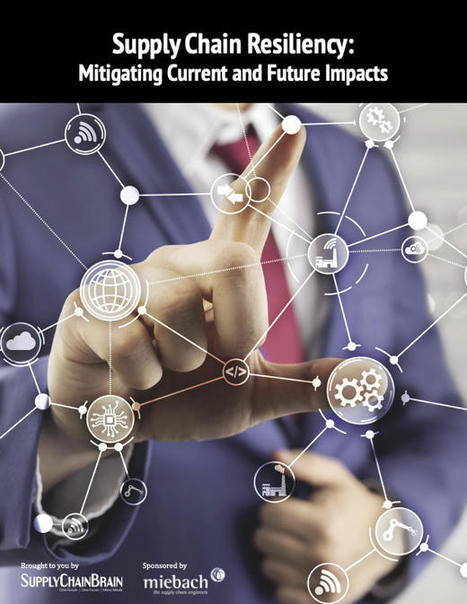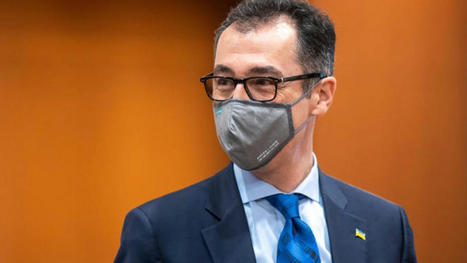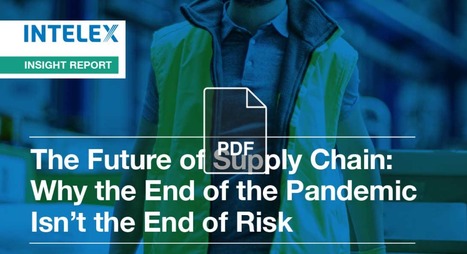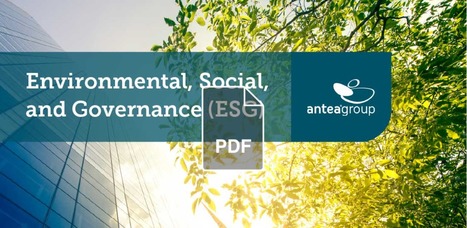The climate has moved into the spotlight in businesses with a new report from Ericsson finding that 42% of decision-makers believe they will face disruptions to their enterprise in the near future due to natural disasters caused by climate change.
Other unforeseeable events are also expected to create challenges, such as the energy crisis, pandemic and global conflict, the study said. And while leaders recognize preparedness is critical, there is a need to move from reactive strategies toward long-term resiliency planning, shifting away from recovery-oriented resilience, the report indicated.
Not all events are equal—energy crises, pandemics and cyberattacks are regarded as the likeliest and most severe events. Four times as many decision-makers and employees agree that there will be more frequent and severe disruptive events in the future, the report said.
After climate change, respondents also cited cyberattacks and ransomware, in particular, as the most experienced events by enterprises, along with supply chain disruptions. Both the COVID-19 pandemic and the current Russia-Ukraine conflict are mentioned as key drivers for these supply chain challenges.
Via EcoVadis



 Your new post is loading...
Your new post is loading...



















